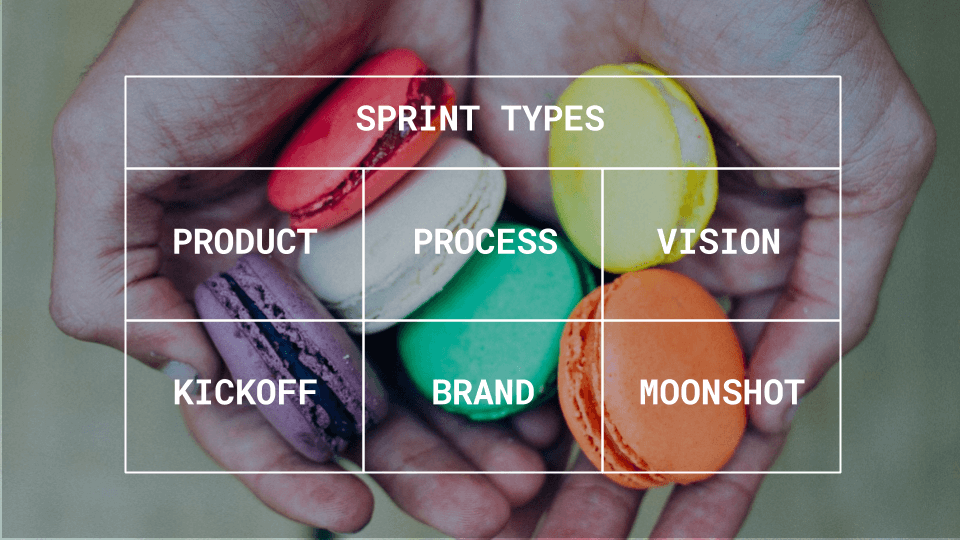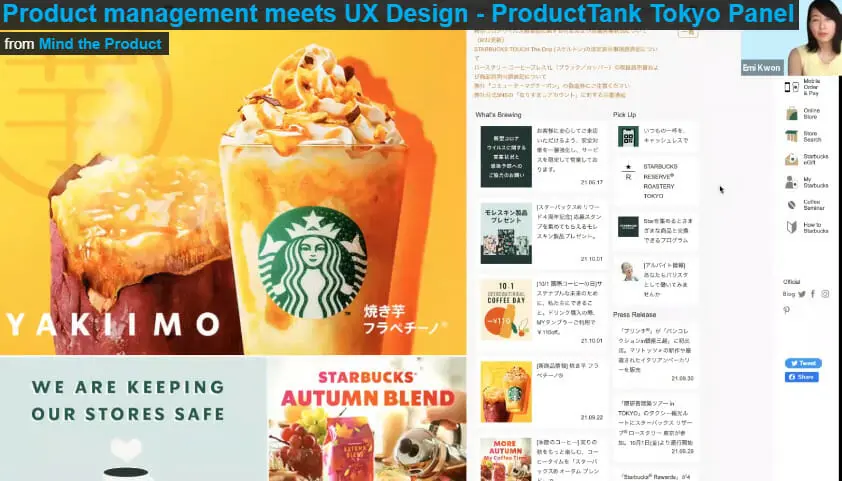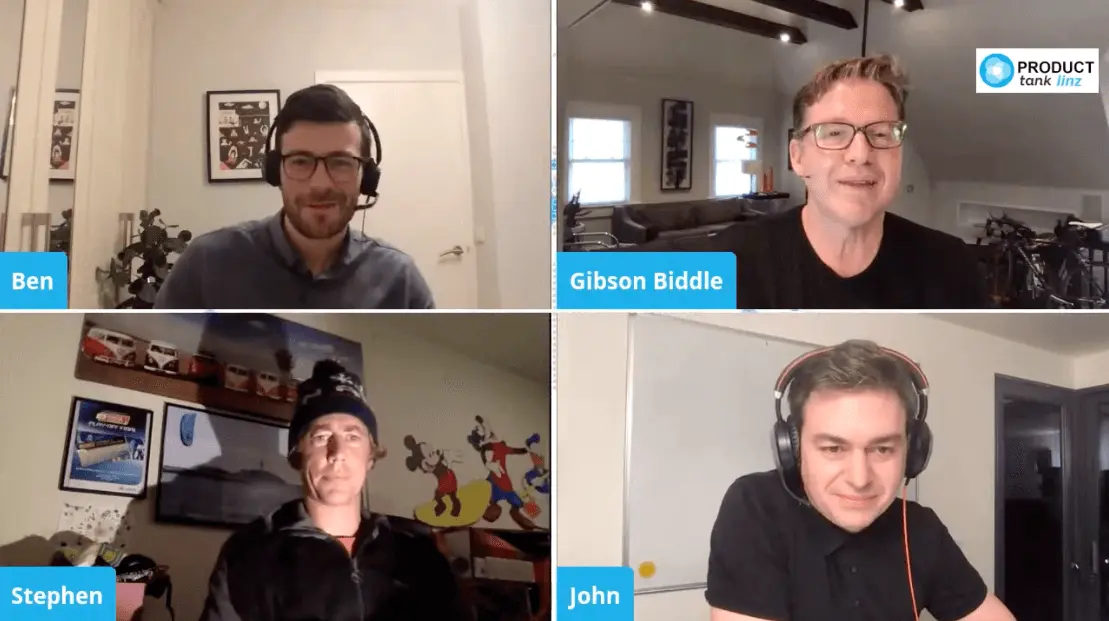In this ProductTank San Francisco talk, Kai Haley and Burgan Shealy share their insights into the different types of design sprints, and various ways they can be crafted to meet a team’s goals and needs.
What is a design sprint?
At its core, a design sprint is a tool for answering a critical business question through design prototyping and testing with users. The goal is to ensure that you are building the right things for your customers.

What kinds of problems can you solve with a design sprint?
This process can be applied to many different needs, from generating a vision for a new product, or redesigning a specific feature or flow for an existing product, to improving a process or defining a brand.
A design sprint can allow the team to take a fresh look at a wide landscape of possibilities, discover and prioritize different solutions to a problem in a fast, iterative way. When possibilities seem too wide to move forward, a sprint can help prioritize and test out what one of the directions might look like “in action”.
Types of design sprint
In this talk you’ll learn about four different sprints and hear examples on how Google uses them to solve critical problems for companies like Headspace, Google Home Services, Baewindow, or for non-profit companies such as Doctors Without Borders or Tangerine Tutor.

1. Product Sprint
This is one of the most popular methods, and is used to solve challenges like improving the onboarding experience for new users, identifying critical user journeys to understand breakpoints, or generating and testing ideas for new features in order to increase engagement.
2. Process Sprint
This method can be used to improve the process for hiring new employees, define the process for rolling out a new tool, or simplify the process for approving new project.
3. Vision Sprint
A fun and creative way to solve critical problems such as: creating a vision to help homeowners fix problems in their home, defining a new product offering for two years from now in IoT, exploring opportunities around the needs of children and technology.
4. Moonshot sprints
These give you the opportunity to innovate and reimagine your product or service, helping you to make space to explore something that might not necessarily be on your roadmaps. You may be re-imagining how people shop for food, exploring ways to build customer loyalty, or even discovering new models for monetization.
Adjust the design sprint to your needs
Whatever your challenge is, these methods are a great toolbox you can use and adjust to meet your needs. They allow you to look at a problem with 360 degree view, get alignment for your product and business perspective, and bring your team together to determine where you want your product to go in the future.
Enjoy more ProductTank content
ProductTanks are informal meetups, created by Mind the Product, to bring local product people together and to enable speakers to share amazing product insights. Today we have ProductTanks in more than 200 cities across the globe and there’s probably one near you.
Learn more about ProductTank – find your local meetup, explore more ProductTank content, see the latest ProductTank news, and discover ways to get involved!














